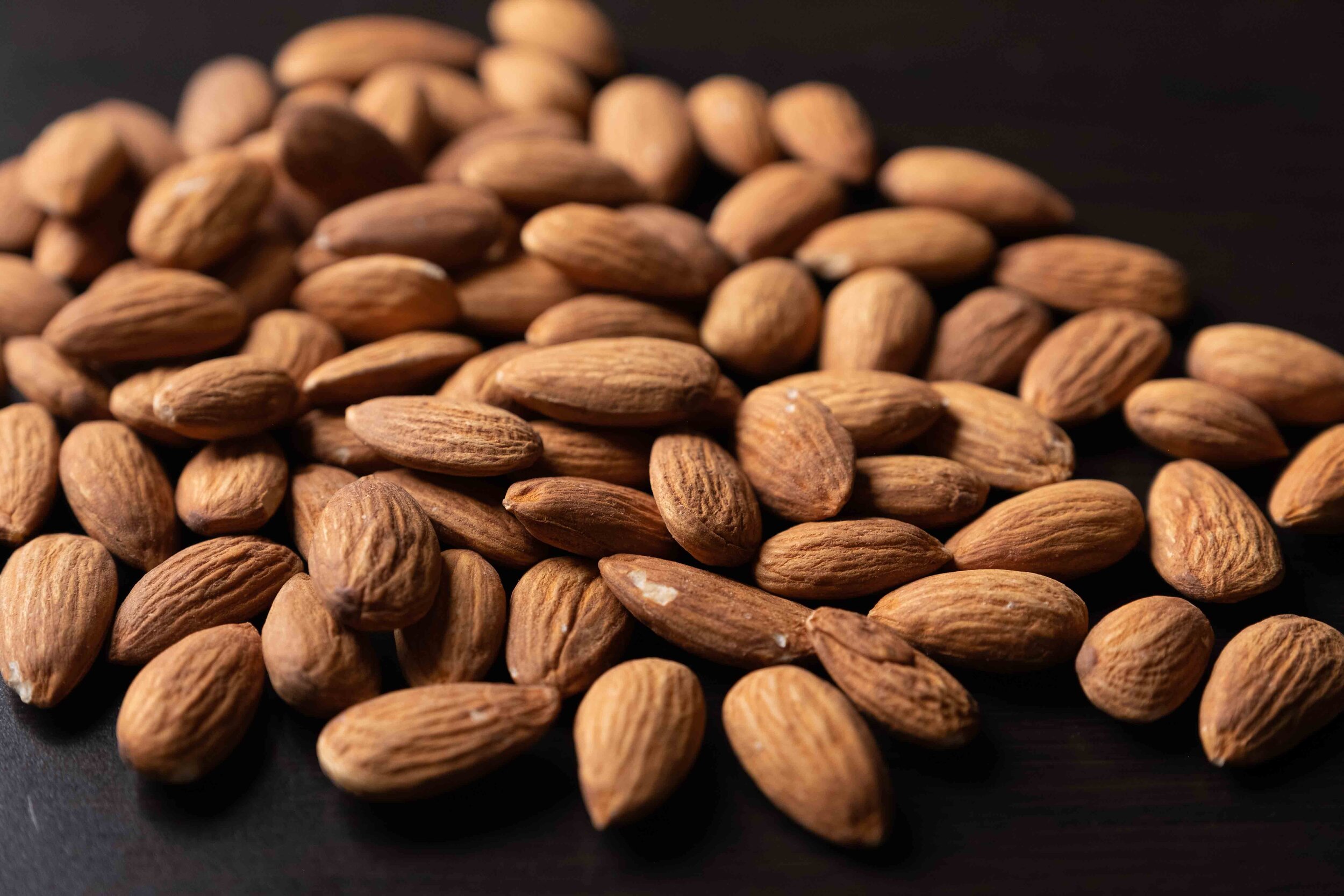
while most would classify the almond as a nut, it is technically a drupe, aka stone fruit - a fruit with a fleshy outer part that surrounds a shell with a seed inside.
typical drupes include apricots, olives, plums and mangoes. we’ll still call almonds nuts just because we don’t want to be that guy.
chinese almonds
Just to confuse you a little more, there’s another “almond” called the Chinese Almond. If you’ve ever ordered almond tea/cream at a Chinese restaurant, you might wonder how almonds were ever processed into a thick, creamy white aromatic soup. Well, it’s not actually made from almonds but rather, apricot kernels. Yes, another drupe, hence the similarities. The Chinese distinguish between the two by calling one sweet almond and the other bitter almond.
the silk road exchange
Despite having very different structures in their medical systems, Chinese medicine and Greek medicine held almonds in high regard. Chinese pharmacists prized almonds for their healing properties for cough and lung ailments, as did the Greek Physician Galen of Pergamum. Both almonds and the ideas about how to use them travelled along a path connecting East and West, known as the Silk Road.
bone builders
There are plenty of health benefits to almonds. You might not have guessed this, but almonds are rich in calcium. An ounce of almonds has as much calcium as 1/4 cup of milk. In addition to calcium, almonds are also rich in phosphorus, which helps keep teeth strong.
rich in Vitamin e
Almonds are good for a whole bunch of reasons, but where it leads is in the area of vitamin E. Just one ounce (28 grams) of almonds can provide 37% of the recommended daily intake of vitamin E - a powerful antioxidant that can help with degenerative diseases.
bee for hire
A large majority of the world’s almond supply comes from California, USA. Once a year, the almond growers in California create the world’s largest pollination event when they hire beehives from around the region to help pollinate their almond trees. The shortage of bees has actually led farmers and scientists to develop self-pollinating almond plants.